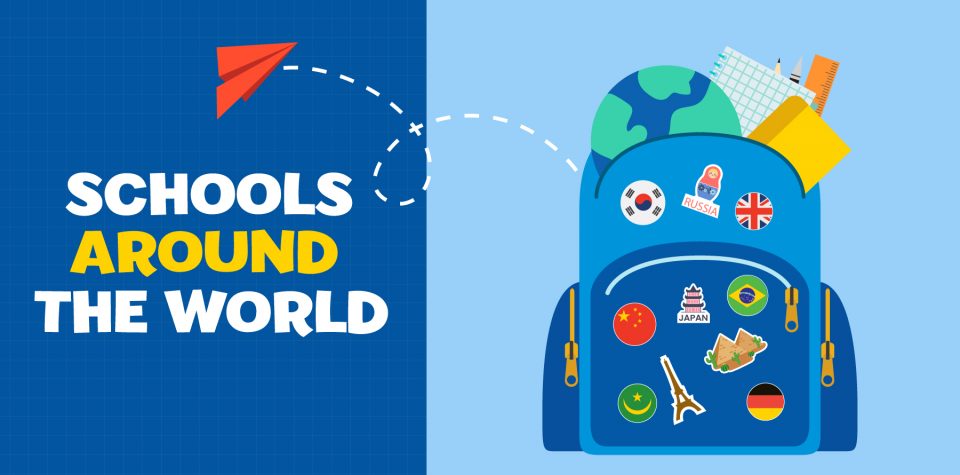
What School Looks Like Around the World
As the new school year approaches, it’s fun to take a look at how schools operate around the world! Just like your family, many families all over the world have their own special back-to-school traditions. From different yummy school lunches to unique school subjects, get ready to jump back into learning as you discover how school looks for kids in other countries.
Traditions
Japan
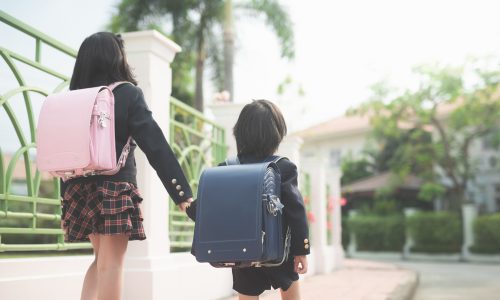
In Japan, children carry all of their school supplies in a bag called randoseru. These backpacks are hard and boxy, and their name originates from the Dutch word ransel, meaning “backpack.” Kids fill their randoseru with books, origami paper, and a special pencil case called a fudebako. Japanese students and teachers also wear slippers called uwabaki whenever indoors, because outdoor shoes are not allowed.
Holland
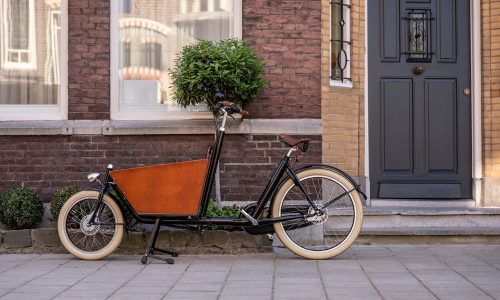
In Holland, many parents use bakfietsen, or cargo bikes, to take their kids to school. These bikes have a large box that sits on one or two wheels in front of the rider. Bakfietsen are handy because they are eco-friendly and don’t require a parking spot. On the first day back to school, students are sure to be rolling up in one of these smart inventions.
Germany
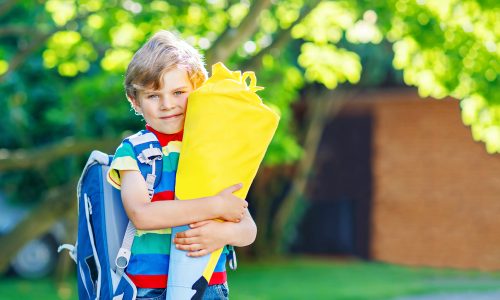
Since the early 1800s, kids in Germany have been given a Schultüte (pronounced shool-too-teh) on the first day of school. A Schultüte, which translates to “school cone,” is a large, decorated paper cone filled with school supplies, small presents, and sweet things to eat. Sometimes, they’re nearly as large as the child!
Russia
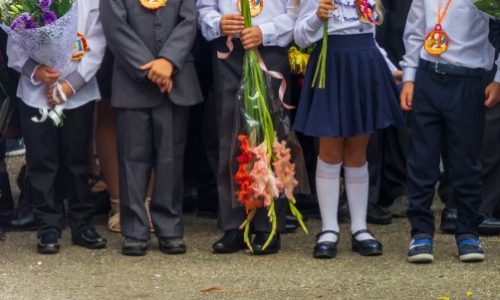
To celebrate the beginning of a brand new year of learning, the first day of school in Russia is called the “Day of Knowledge.” On this day, children traditionally give colorful bouquets of fresh flowers to their teachers and receive balloons in return.
School Subjects
Beekeeping (Bashkiria)
The Republic of Bashkortostan, also known as Bashkiria, produces one of the world’s best honeys. Bashkirian honey is made by the pure wild European black bee, fortifying it with enzymes, vitamins, minerals, and amino acids. In Bashkiria, over 100 schools have their own apiaries. At these schools, kids learn how to tend beehives and harvest honey, a good lesson in patience and attentiveness.
Chess (Armenia)
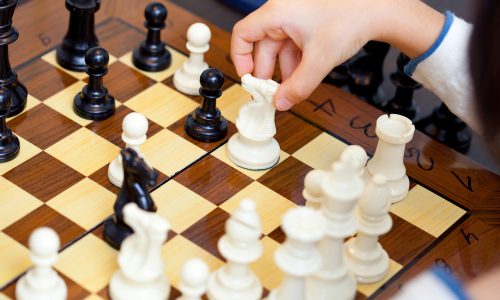
For children over the age of six, chess is a mandatory school subject in Armenia. Twice a week, kids receive lessons from specially trained teachers. School officials believe that teaching chess fosters independent strategic thinking, which will help students in the future at work and in society.
Surfing (Australia)
It’s not hard to guess the favorite school subject of kids in Australia. Many Australian schools teach surfing in school! With surfing as an official subject, Australia keeps a tight rein on their “masters of the surf” reputation.
Cyber Security (Israel)
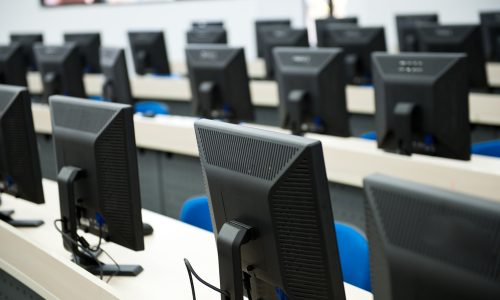
Israeli schools teach a class all about cyber war theory and practice. The internet has become deeply integrated into society, and Israeli schools believe cyber security is a subject all kids should learn about. Beyond just security, kids are also taught how to properly behave on the internet, learning valuable lessons about how to respond (or not respond) to comments across social media sites.
School Lunches
France
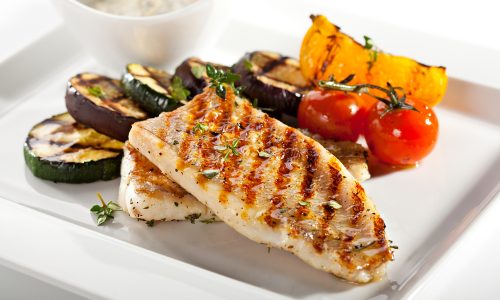
Seated together in the cafeteria, French children typically enjoy a three- or four-course school lunch! Typical school lunches in France include a variety of dishes and ingredients such as grilled fish, salad, beans, seasonal vegetables, sausage, fruit salads, chocolate flan, and more. The food is also served on plates and eaten with real silverware!
South Korea
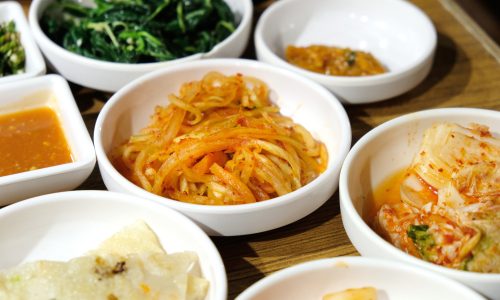
Korean culture is very communal in nature, and this is reflected in school lunchtime. Teachers and students all eat together at the same time, at the same tables. A school lunch typically consists of soup, rice, and banchan (side dishes). Some side dishes can include kimchi, radishes, or mixed vegetables. Jjajangmyeon is another lunchtime staple, a Korean Chinese black bean noodle dish. When lunchtime is over, it is common for students to take turns helping with the cleanup tasks, leaving the cafeteria clean for the next day.
South Africa
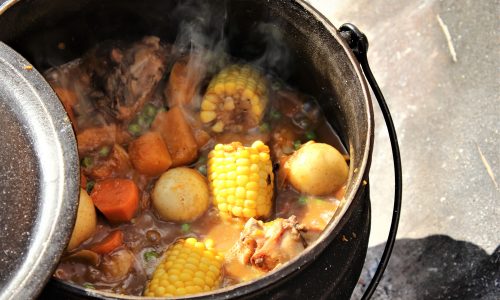
Many South African schools don’t actually serve school lunches. Students are sent home at 1:30 to eat lunch at home. For the schools that do serve a meal, lunch is often a stew called potjiekos (named after the potjie, a three-legged pot). This stew is made from cabbage, onions, beans, carrots, and tomatoes, and can include meat if desired.
Colombia
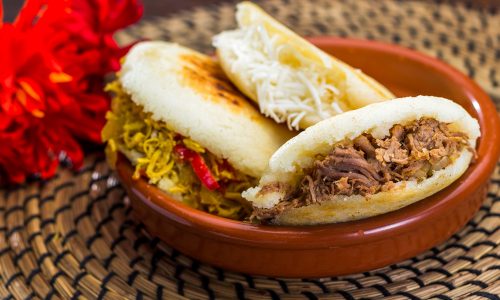
In Colombia, lunch is the most important meal of the day. Colombian school lunches vary from region to region but typically contain rice, potatoes, fruit, beans, meatballs, and vegetables. Grilled or fried arepas (corn cakes stuffed with cheese and other fillings) are sometimes served as a special treat.
